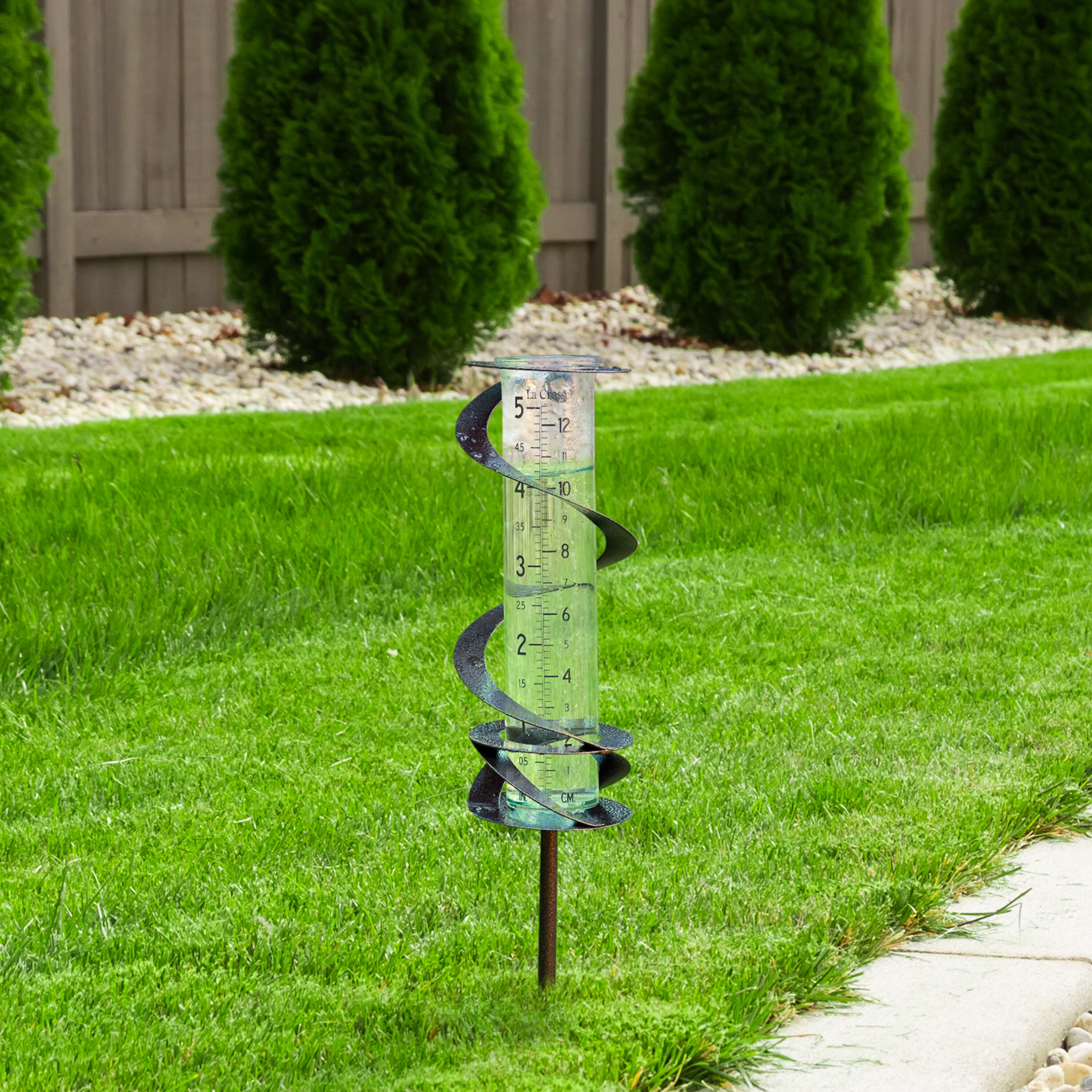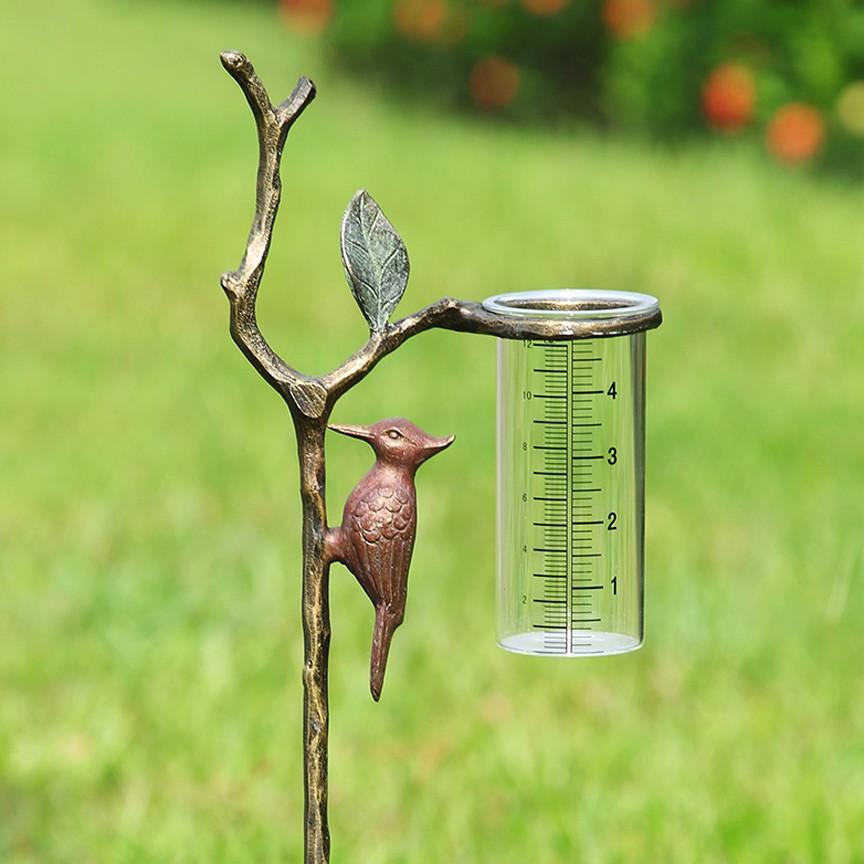Just How to Select the Right Rain Gauge for Accurate Rainfall Data
To acquire dependable measurements, it is vital to pick the right rain gauge. Thinking about variables such as place, kind, and precision of the rain scale will certainly assist make sure exact information collection. Furthermore, recognizing the maintenance and calibration treatments will certainly add to the durability and integrity of your rainfall scale.
Importance of Choosing the Right Rain Scale
The significance of picking the ideal rain scale depends on getting dependable and specific rainfall information for accurate atmospheric analysis. Rainfall information is crucial for a large range of applications, consisting of weather forecasting, hydrological modeling, and climate study. Inaccurate or undependable data can cause erroneous final thoughts and flawed decision-making procedures.

Secondly, the precision and accuracy of the rainfall scale are critical. The gauge needs to be able to determine rains with high precision, catching also little quantities of rainfall precisely.
In addition, the area and installment of the rain gauge are essential factors to consider. It must be positioned in an open area, far from obstructions that could affect rains dimensions. The gauge should be placed at an ideal elevation and angle to prevent spilling and make sure appropriate catchment of rain.
Factors to Take Into Consideration When Picking a Rain Scale
When choosing a rain scale, there are numerous essential factors to take into consideration. There are different kinds readily available, consisting of standard rain gauges, tipping bucket rain evaluates, and weighing rainfall assesses.
An additional variable to consider is the product of the rain gauge. Rainfall gauges can be constructed from different materials, such as metal, glass, or plastic. The material selected must be durable and immune to weather conditions, ensuring that the rainfall gauge will hold up against the components and supply exact measurements gradually.
Precision is likewise an essential element to think about. Seek rain gauges that have been adjusted and examined for accuracy. Features such as anti-splash rings and funnels can likewise enhance the accuracy of the dimensions.

Lastly, consider the climate and environment in which the rainfall scale will certainly be utilized. Various rainfall assesses appropriate for different environments, so it is necessary to select one that is suitable for the problems in your area.
Different Sorts Of Rainfall Assesses Available
To even more check out the elements to take into consideration when selecting a rain gauge, it is vital to understand the various kinds of rainfall evaluates offered. The most typical type is the common rain gauge, also recognized as the cylindrical rain gauge.
One more type of rainfall scale is the tipping pail rain scale. As the rainfall falls right into the scale, it fills up one side of the bucket, triggering it to tip and empty the water.
A 3rd type of rain gauge is the considering rainfall scale. This gauge utilizes a balance system to gauge the weight of the accumulated rains. As the rainfall falls under the gauge, it is accumulated in a container linked to a balance. The weight of the water is gauged, and the rains amount is computed based on the weight. Considering rainfall gauges are very accurate but can be a lot more costly and call for routine maintenance.
Finally, there are likewise remote rainfall determines that use advanced modern technology to measure rainfall (The Rain Gauge). These determines use sensing units and transmitters to send data wirelessly to a central unit. Remote rain assesses are practical for keeping an eye on rains in hard-to-reach areas or for large-scale data collection
Just How to Establish the Accuracy of a Rainfall Gauge
One means to analyze the accuracy of a rain gauge is by conducting regular calibration dimensions. Calibration involves comparing the analyses of a rainfall published here gauge to a conventional dimension, such as a licensed rain gauge or a climate station with high accuracy. By comparing the measurements, any inconsistencies or errors in the rainfall gauge can be identified and represented.
To perform a calibration measurement, start by collecting rains information from both the rainfall gauge and the common measurement gadget over a details amount of time, such as a month. Contrast the readings and calculate the distinction in between them. This difference is referred to as the calibration error.
It is very important to note that calibration dimensions ought to be executed routinely, as ecological aspects, such as debris, temperature, and wind, can affect the precision of the rain scale with time. By carrying out normal calibrations, any kind of changes in the accuracy of the rain gauge can be found and adjustments can be made accordingly.
Along with calibration, it is also suggested to clean and maintain the rainfall gauge regularly to ensure its precision. Remove any particles or obstructions that might affect the precision of the dimensions, and look for any type of indications of damages or use that might need repairs or replacement.
Tips for Keeping and Adjusting Your Rain Gauge
Normal upkeep and calibration are important for guaranteeing the precision and integrity of your rainfall scale in measuring rains data (The Rain Gauge). By following a couple of straightforward ideas, you can guarantee that your rainfall gauge is properly kept and calibrated
First of all, it is necessary to clean your rainfall pop over here gauge frequently to protect against any type of particles or dirt from blocking the rainfall collection system. Use a soft brush and a moderate detergent to carefully cleanse the within and exterior of the gauge. Rinse it extensively with tidy water and allow it to completely dry completely prior to reinstalling it.
Second of all, it is recommended to calibrate your rainfall gauge at the very least yearly. Calibration entails comparing the dimensions of your rainfall gauge with those of a relied on and exact reference gauge. This will help you identify and remedy any potential errors in your rainfall scale's measurements.
To adjust your rainfall gauge, accumulate a known quantity of water making use of a gauging container and compare it with the measurements taped by your rain gauge. Readjust the analyses as necessary to make certain accuracy.

Final Thought
In verdict, selecting the appropriate rain scale is crucial for getting exact Recommended Site rainfall information. Variables such as budget, area, and objective must be considered when choosing a rain gauge.
There are different kinds offered, including conventional rain gauges, tipping bucket rainfall determines, and weighing rain determines.To better discover the factors to think about when choosing a rainfall gauge, it is essential to recognize the different kinds of rainfall determines available. The most common type is the common rainfall gauge, likewise recognized as the round rainfall gauge.Another type of rain scale is the tipping bucket rain gauge. Calibration includes comparing the analyses of a rainfall scale to a conventional measurement, such as a qualified rain gauge or a climate terminal with high accuracy.